Hi
y’all!
Kicking
off my summer reading with some professional development! I hope you’ll join me
in reading and learning more about a ‘Student Led” classroom through Learn Like a Pirate by Paul
Solarz. I'm so excited that the amazing Amanda at The Primary Gal has put this book study together once more this summer!
Chapter One: What is a Student-Led Classroom?
I don't know about you, but before I read books like this-I try to see what my own thoughts are? What are my pre-conceived notions about a topic?
In my mind, a student-led classroom is one where:
In my mind, a student-led classroom is one where:
- Students are actively involved in their learning.
- Students set goals for themselves.
- Students respond and have struggle-time with a new concept.
- Students collaborate and learn from other students.
- Students anticipate classroom routines and respond accordingly
Now....let's see if I'm on the right track here!
The chapter begins with the description of a classroom. We are led to imagine student desks clustered in groups and actively engaged in a meaningful task. The climate is one where boys & girls feel free to share their ideas and opinions. Conflict is handled in a respectful way....and it can be inferred that students have been guided in how to handle such situations.
I am most struck by these sentences:
That's pretty powerful, to me.
WITHOUT.CONSULTING.THE.TEACHER
Self-Reflection:
What routines do I already use that lean in this direction?
Table Captains
I cross my heart that I'm not making that up to go with this "Pirate" theme! I have used this procedure in my classroom for years. However many clusters I have set up, I have a "captain". They have a lovely little round colored frog to coordinate with their table's color. Captain has the frog on their table for the week. Captains handle all the "business" at their table.
WITHOUT.CONSULTING.THE.TEACHER
Self-Reflection:
What routines do I already use that lean in this direction?
Table Captains
I cross my heart that I'm not making that up to go with this "Pirate" theme! I have used this procedure in my classroom for years. However many clusters I have set up, I have a "captain". They have a lovely little round colored frog to coordinate with their table's color. Captain has the frog on their table for the week. Captains handle all the "business" at their table.
- Passing out papers, supply boxes from their shelves, math manipulatives, etc
- collecting said papers, returning supplies to their homes, etc.
- Spokesperson for any table collaboration, the recorder of collaboration on post-its to the anchor chart, etc.
As the author goes on in the chapter, he points out that to have a student-led classroom does not happen overnight. Students need many opportunities to lead each other. Teachers must provided encouraging feedback, provide modeling, and again....they need daily....multiple...opportunities to PRACTICE these behaviors.
Referring to my own background here, "training" my captains does not happen overnight either. My first captains are guided the most. I show them how I want them to pass out papers, how the supply shelves should look at the end of the day, how long to wait before emptying the table's tidy tub, etc. Week two...not as much guidance is needed. WHY? Well.....everyone wants to be captain. They are secretly coveting the opportunity to BE the captain. They WANT the job, so they are looking for every opportunity to LEAD their table. They often find ways that I haven't thought of throughout the day that the captains can assist and run our classroom. I will often hear, "Mrs. Watson, would you like for the captains to.......?"
This question from my captains leads me to another quote that I thought was powerful.
In the end...the captains don't COMPLETELY run the show. Somehow, I guess I got that point across over the years!
Paul Solarz closes the chapter by letting us know that in general, he has a classroom environment that is built on students feeling valued and respected by the teacher. The classroom is a family. In my mind, students cannot lead each other unless they treat each other with the same value and respect that we have for them. I think we can all agree that the most important thing we do in the beginning of the year is creating that 'relationship" with our kids. We set guidelines, expectations, limitations.
As I close this chapter, I'm wondering what procedures he sets in place BEYOND what I've done so far? Clearly, there are expectations. And wouldn't expectations be best created by the STUDENTS??
With that thought in mind, I love this activity from Mrs. Lee's Kindergarten that I saw on Pinterest.
I often start the school year reading, David Goes to School with my kids.
Yeah...it's very primary for 3rds, but they still love him and that goofy face. Great potential for pulling out those scissors and glue in the first few days of school. We usually do something like this activity:
I think this could EASILY begin a way to set the stage in the beginning of the school year to establish your classroom "family". Rules are established to create harmony and respect! I'm really looking to see if this great idea will be a keeper or if Paul (at the end of every chapter of a book, I am on a first name basis with authors...wink wink) will guide me in a new direction!
That's it for me. This was a SUPER short chapter, y'all. It nearly KILLED me to stop reading and get ahead of myself!
Be sure to check out this great giveaway as we kick off this fun learning event together!!
See you next week! Be sure to check out all of my blogger buddies and see that their thoughts were on this first chapter!!
Referring to my own background here, "training" my captains does not happen overnight either. My first captains are guided the most. I show them how I want them to pass out papers, how the supply shelves should look at the end of the day, how long to wait before emptying the table's tidy tub, etc. Week two...not as much guidance is needed. WHY? Well.....everyone wants to be captain. They are secretly coveting the opportunity to BE the captain. They WANT the job, so they are looking for every opportunity to LEAD their table. They often find ways that I haven't thought of throughout the day that the captains can assist and run our classroom. I will often hear, "Mrs. Watson, would you like for the captains to.......?"
This question from my captains leads me to another quote that I thought was powerful.
Everyone
in the classroom appears to have equal power and equal say in what happens
although everyone understands that...
the
teacher’s word is final.
Paul Solarz closes the chapter by letting us know that in general, he has a classroom environment that is built on students feeling valued and respected by the teacher. The classroom is a family. In my mind, students cannot lead each other unless they treat each other with the same value and respect that we have for them. I think we can all agree that the most important thing we do in the beginning of the year is creating that 'relationship" with our kids. We set guidelines, expectations, limitations.
As I close this chapter, I'm wondering what procedures he sets in place BEYOND what I've done so far? Clearly, there are expectations. And wouldn't expectations be best created by the STUDENTS??
With that thought in mind, I love this activity from Mrs. Lee's Kindergarten that I saw on Pinterest.
I often start the school year reading, David Goes to School with my kids.
 |
| Find it here |
You can grab this freebie by clicking HERE.
I think this could EASILY begin a way to set the stage in the beginning of the school year to establish your classroom "family". Rules are established to create harmony and respect! I'm really looking to see if this great idea will be a keeper or if Paul (at the end of every chapter of a book, I am on a first name basis with authors...wink wink) will guide me in a new direction!
That's it for me. This was a SUPER short chapter, y'all. It nearly KILLED me to stop reading and get ahead of myself!
Be sure to check out this great giveaway as we kick off this fun learning event together!!
See you next week! Be sure to check out all of my blogger buddies and see that their thoughts were on this first chapter!!







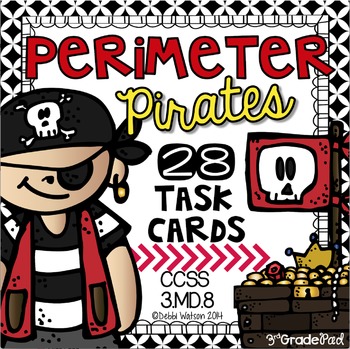

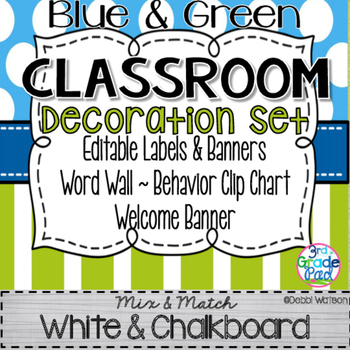
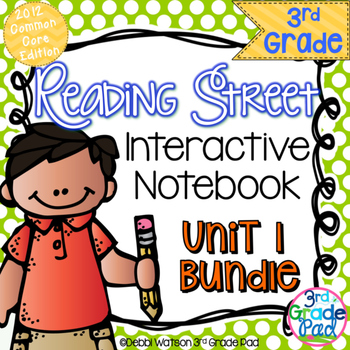

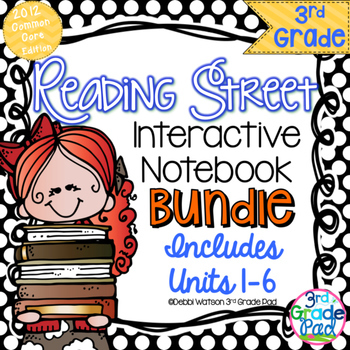
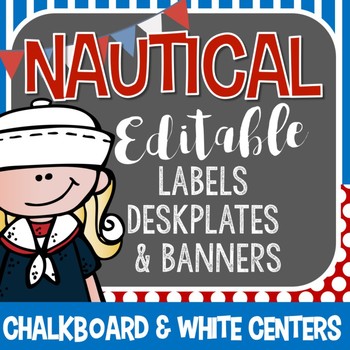

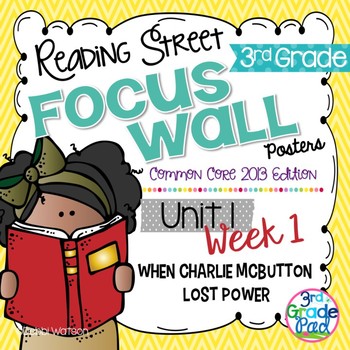





Excellent post Debbi! I appreciate how you shared your thoughts before reading and how you are making predictions! You are clearly reading with a a purpose! (Don't I sound like a teacher giving feedback?) :)
ReplyDeleteIn all seriousness, I think your post highlights several important points from that first chapter. Building community and relationships is number one in any successful classroom, whether student-led or not. After that, how you empower your students to lead is up to you and needs to reflect the readiness and abilities of your students (which changes each year). What I did this year may not work next year, but my beliefs don't change. My intention is always to get my students to take on as much of the leadership in the classroom as possible.
I look forward to reading your post next week! And we're definitely on a first-name basis! ;)
I'm so glad you stopped by, Paul!
DeleteI'm happy you noticed that I put my 3rd grade hat on and wrote like I would hope my STUDENTS would. Thanks for the feedback, Teach!
Can't wait to get started on Chapter 2!
Debbi
I loved your predictions and reflections! They make for an honest and eye opening post. As I read the chapter, I focused on all of the things that I want to change that I really overlooked the things that I am already doing that promote a student-led classroom. Your reflections reminded me to look closely at what I AM doing versus what I'm NOT doing!!! :)
ReplyDeleteI love your idea of having team captains who are in charge of the groups! What a great way to give them responsibility and allow them the opportunity to be able to be a great example for their group! I agree, it is going to take time to get a classroom like this, but with time, patience and practice they will get it!! I love having the students help set up the expectations for our classroom too!! Great ideas! can't wait to see what you share next week!
ReplyDeleteMrs. 3rd Grade
Your reflections are so great! I am loving this book study already, so many great ideas from so many great teachers!
ReplyDeleteMrs. Plemons' Kindergarten
Thank you for sharing your ideas and reflections! I look forward to reading more from your perspective! Thank you!
ReplyDelete